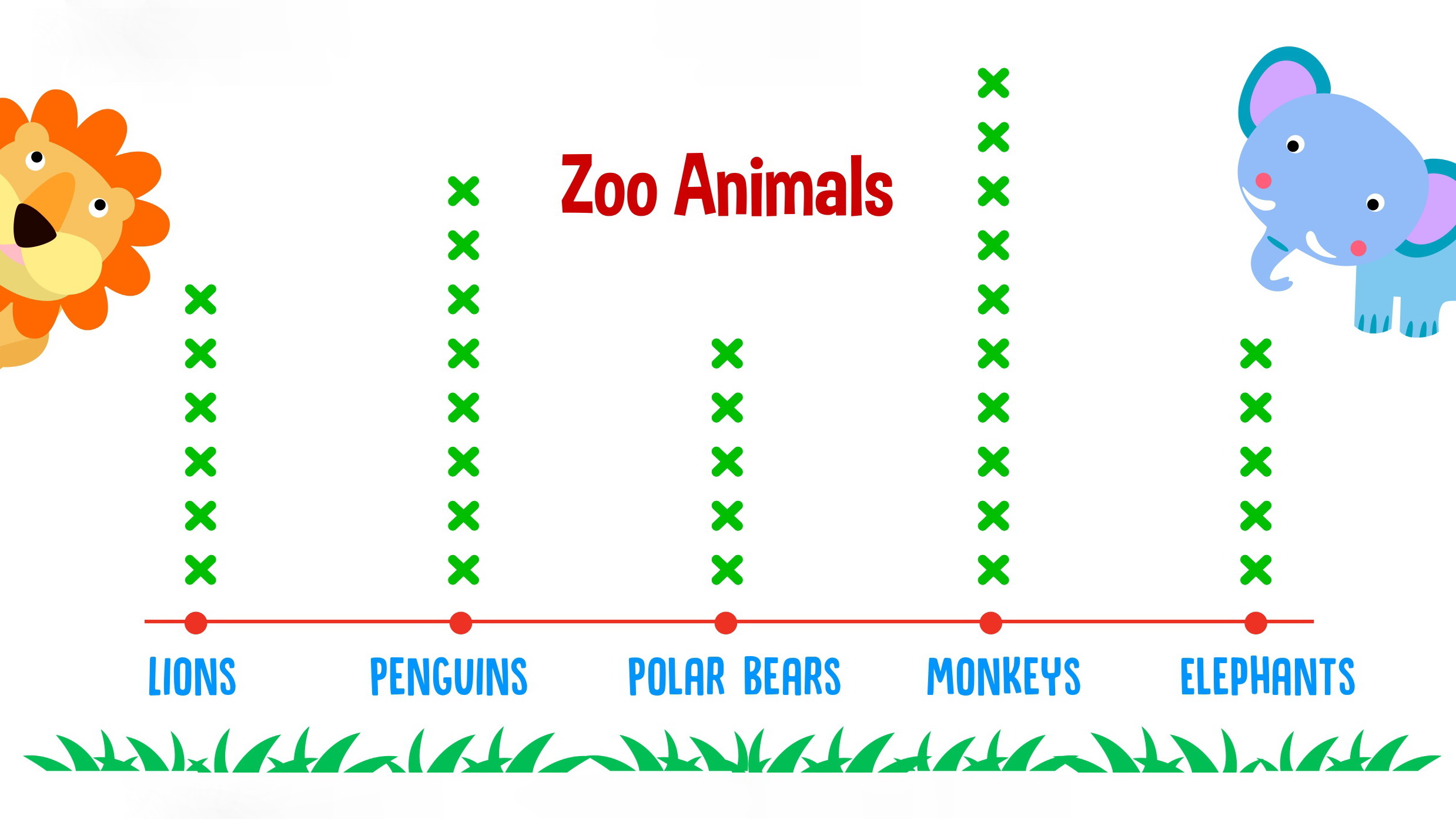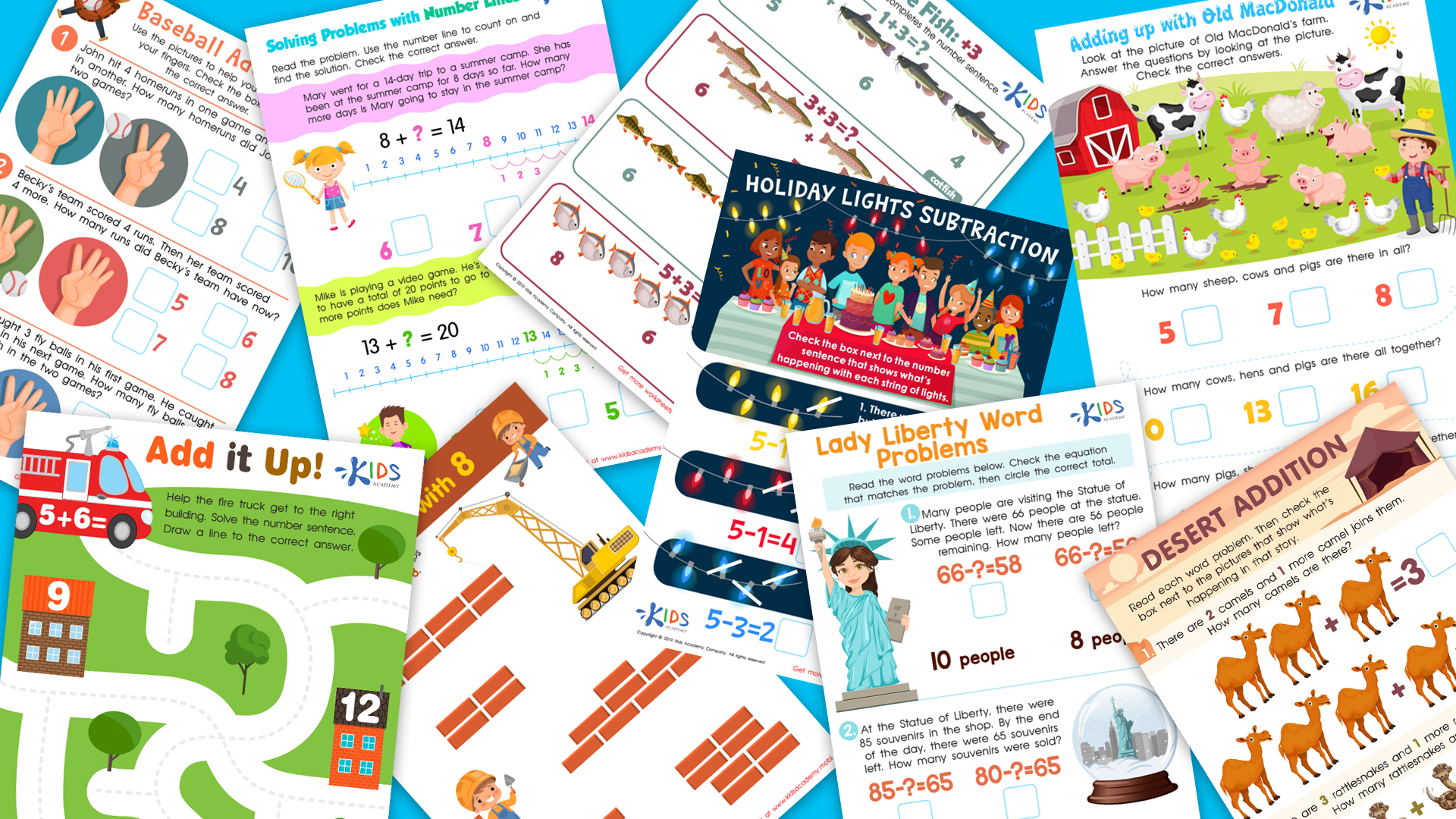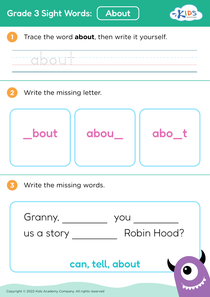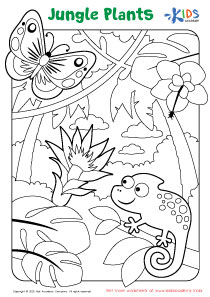Tracing Worksheets Activities With Answers for Grade 3
64 filtered results
-
From - To
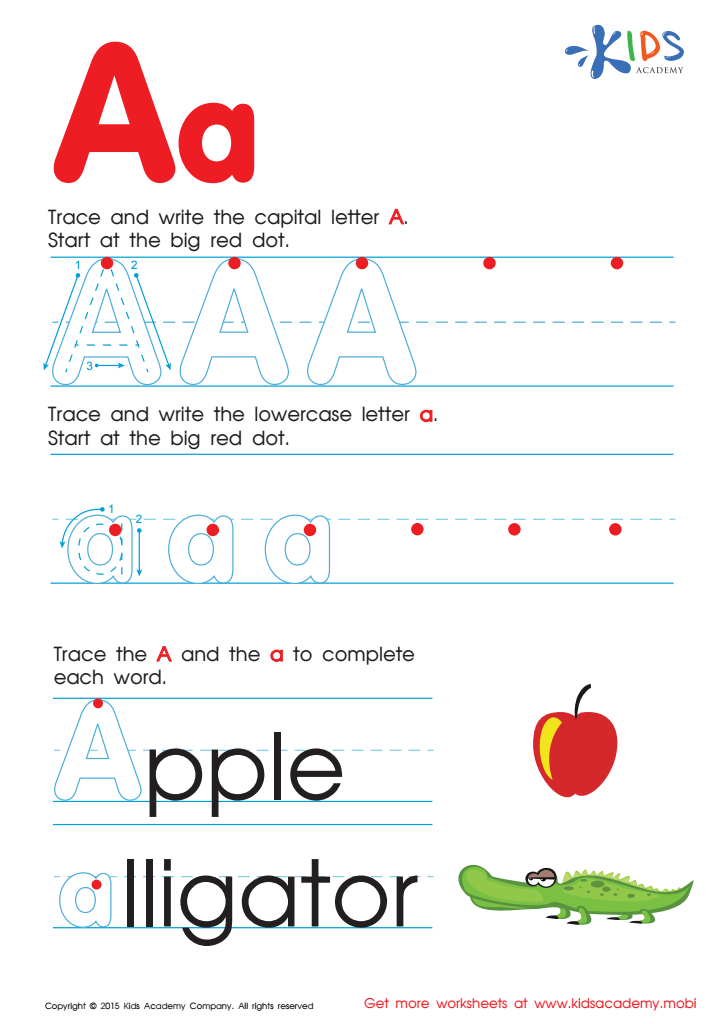

Letter A Tracing Page
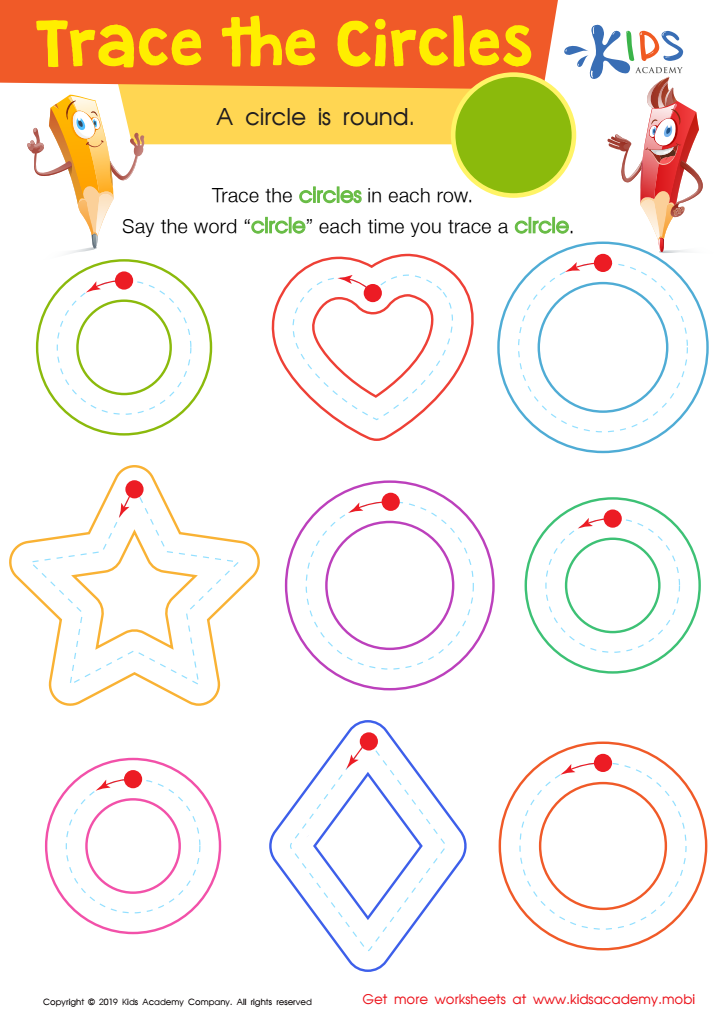

Trace The Circles Worksheet
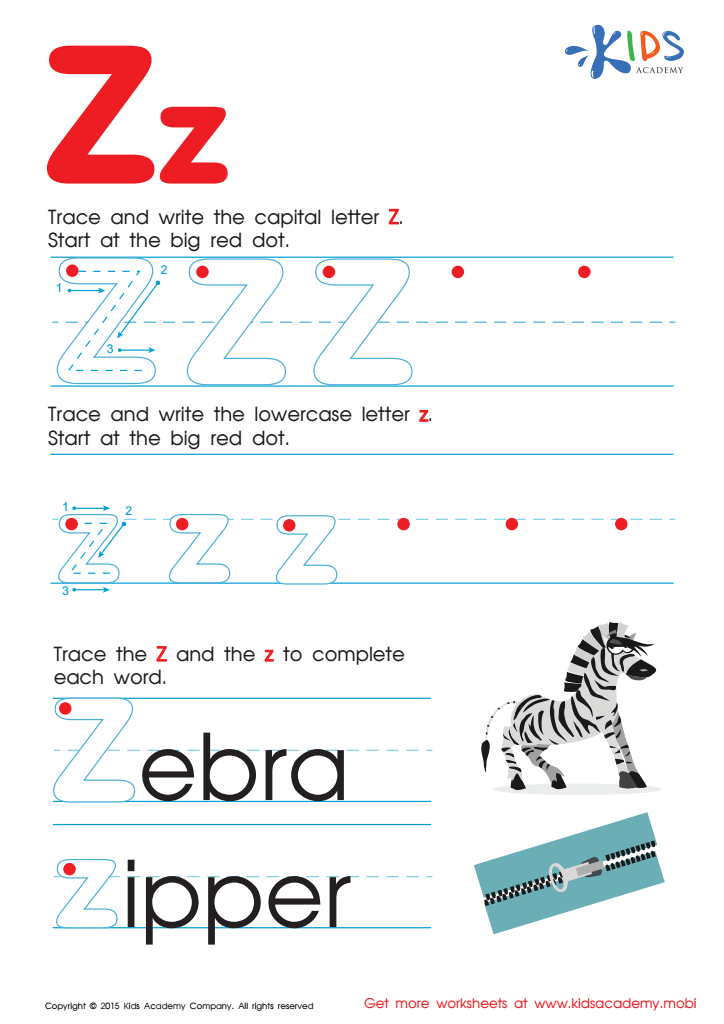

Letter Z Tracing Page


Letters J and K Tracing Worksheet


Letter U Tracing Worksheet
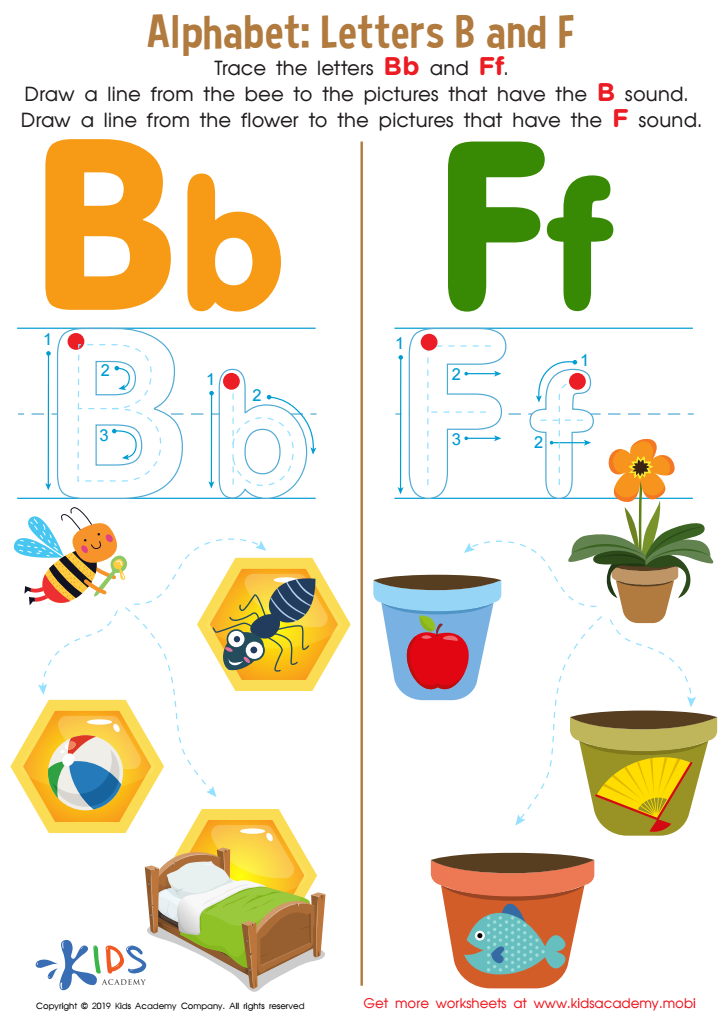

Letters B and F Tracing Worksheet
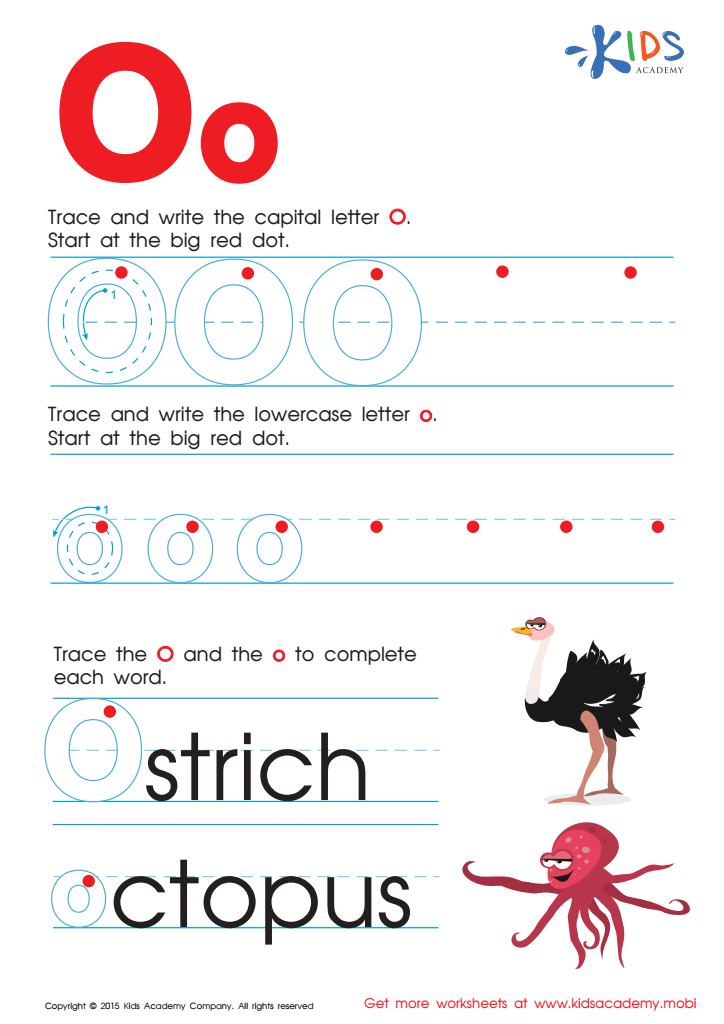

Letter O Tracing Page
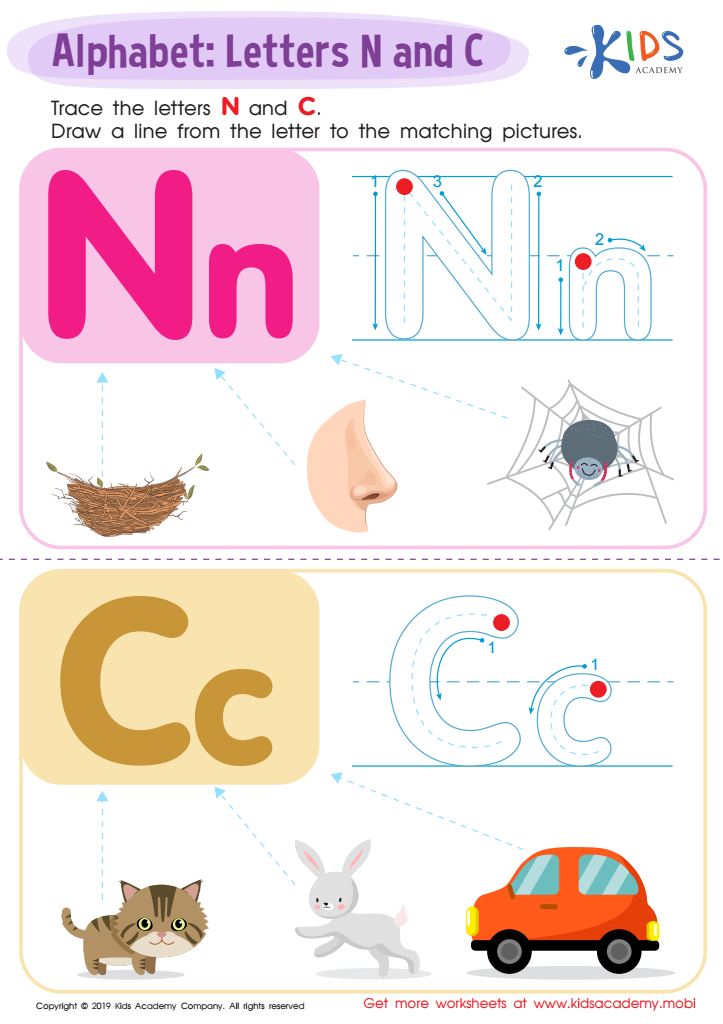

Letter N and C Tracing Worksheet
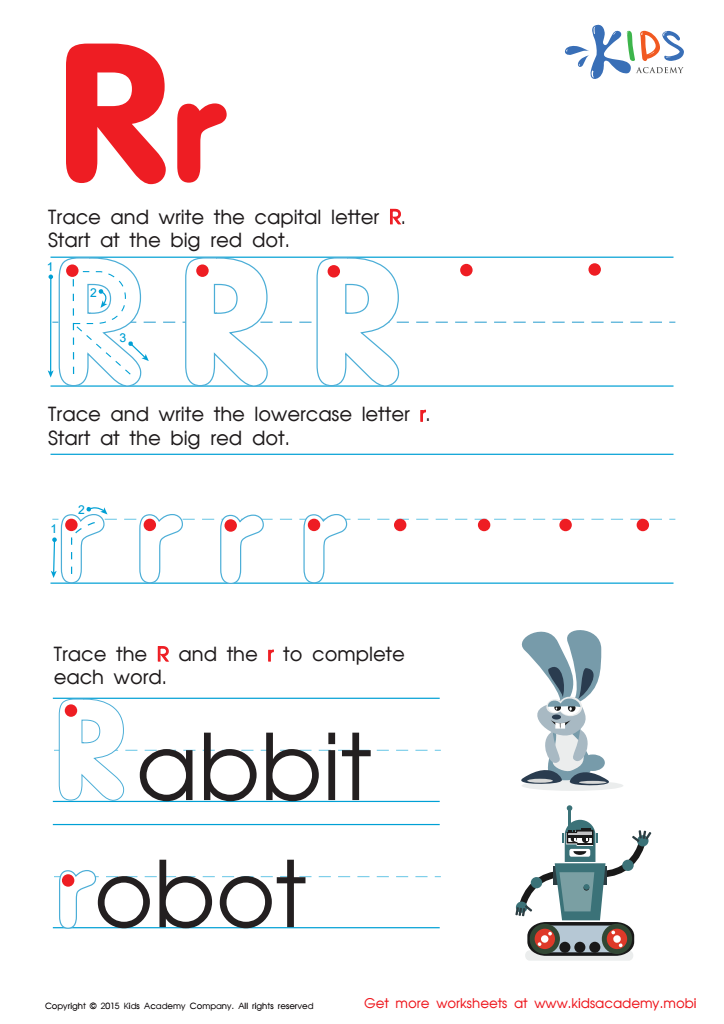

Letter R Tracing Page
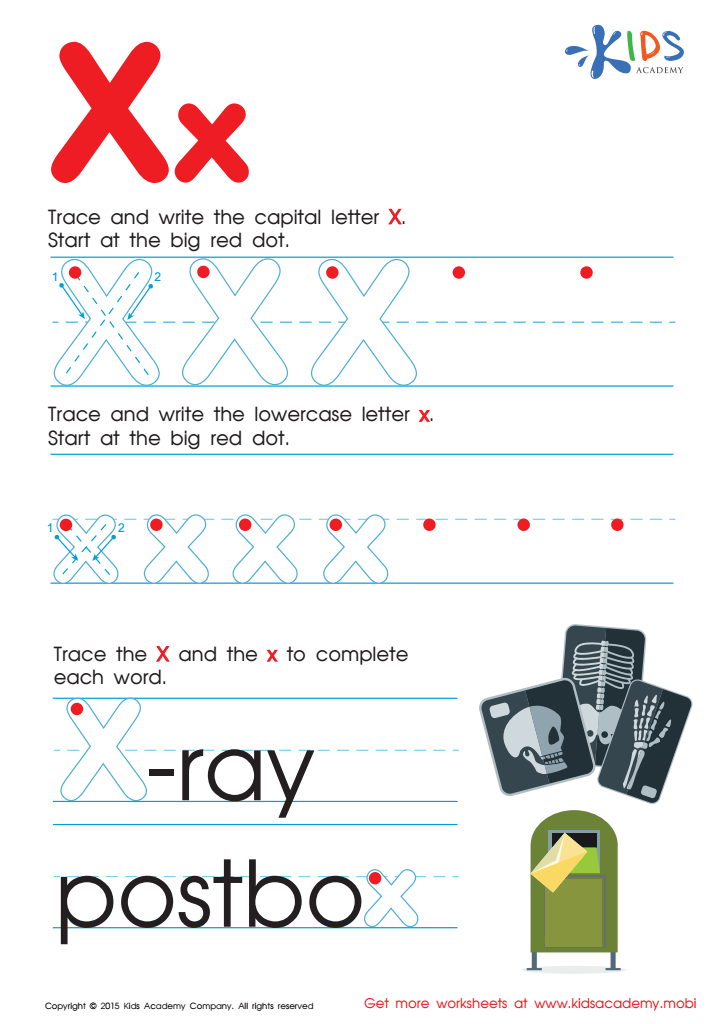

Letter X Tracing Page


Letter P Tracing Page
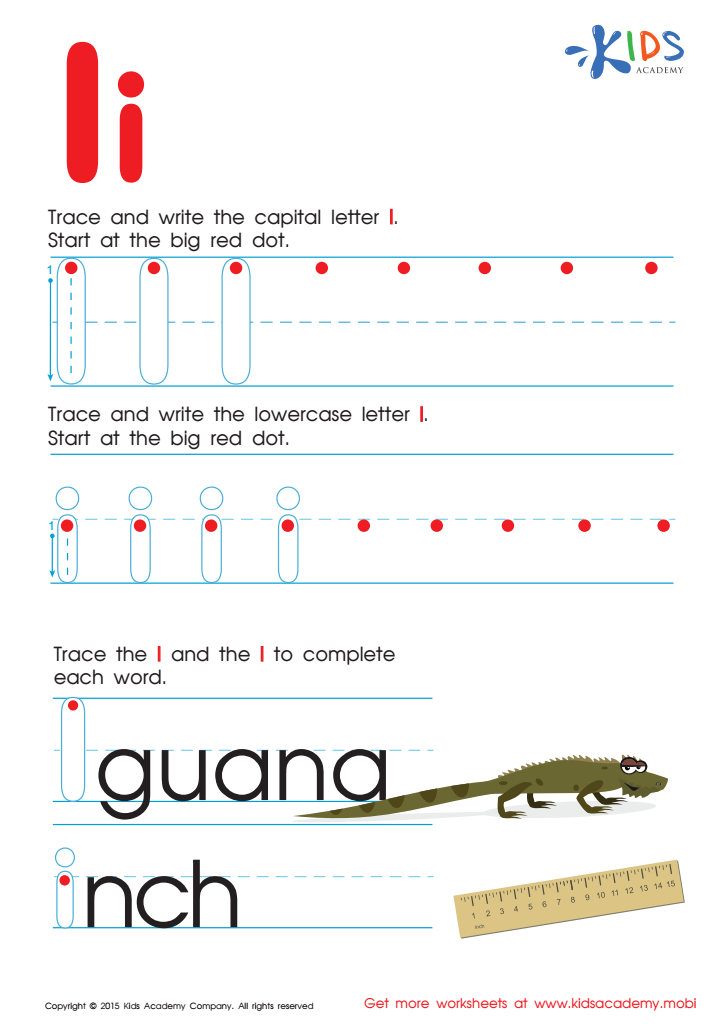

Letter I Tracing Page


Letter U Tracing Page


Letter Q Tracing Page
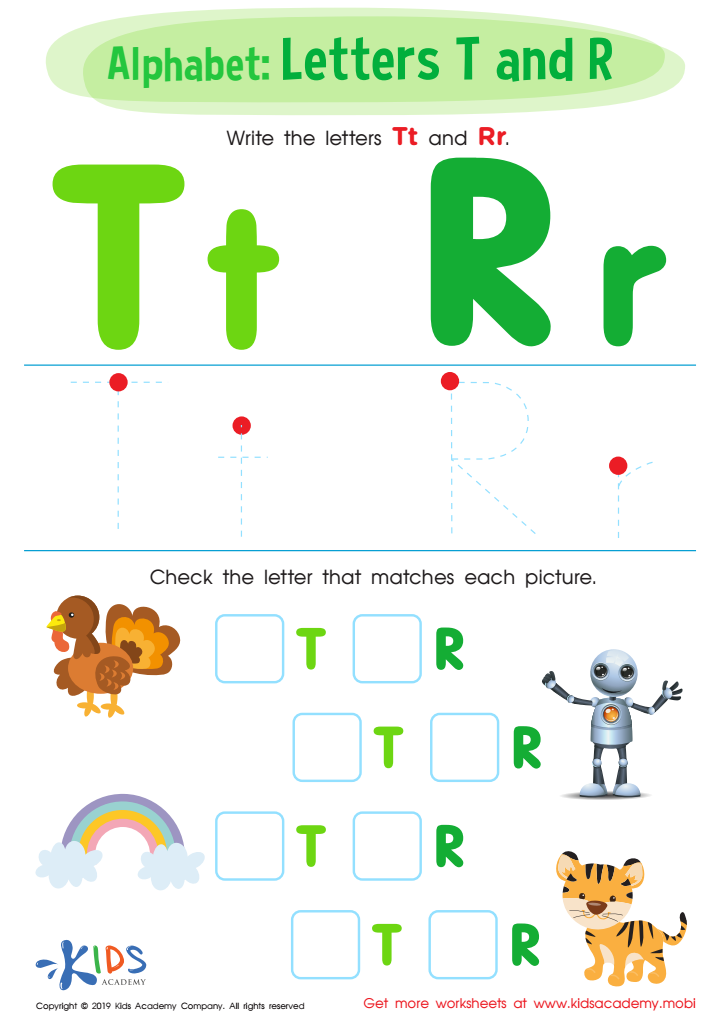

Letters T and R Worksheet
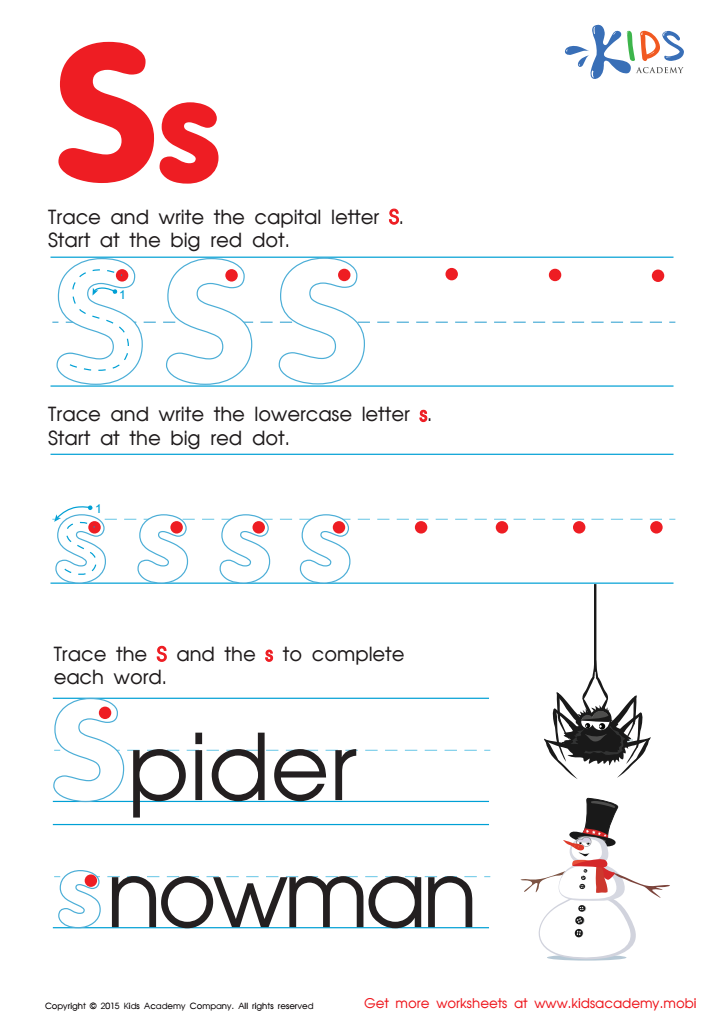

Letter S Tracing Page
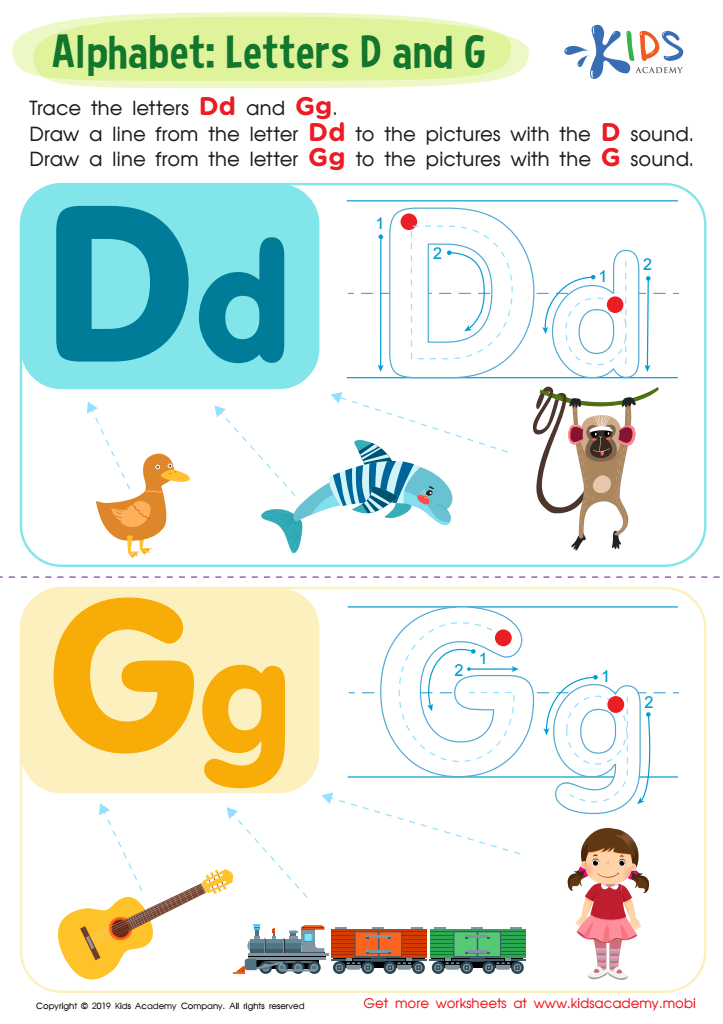

Letter D and G Tracing Worksheet
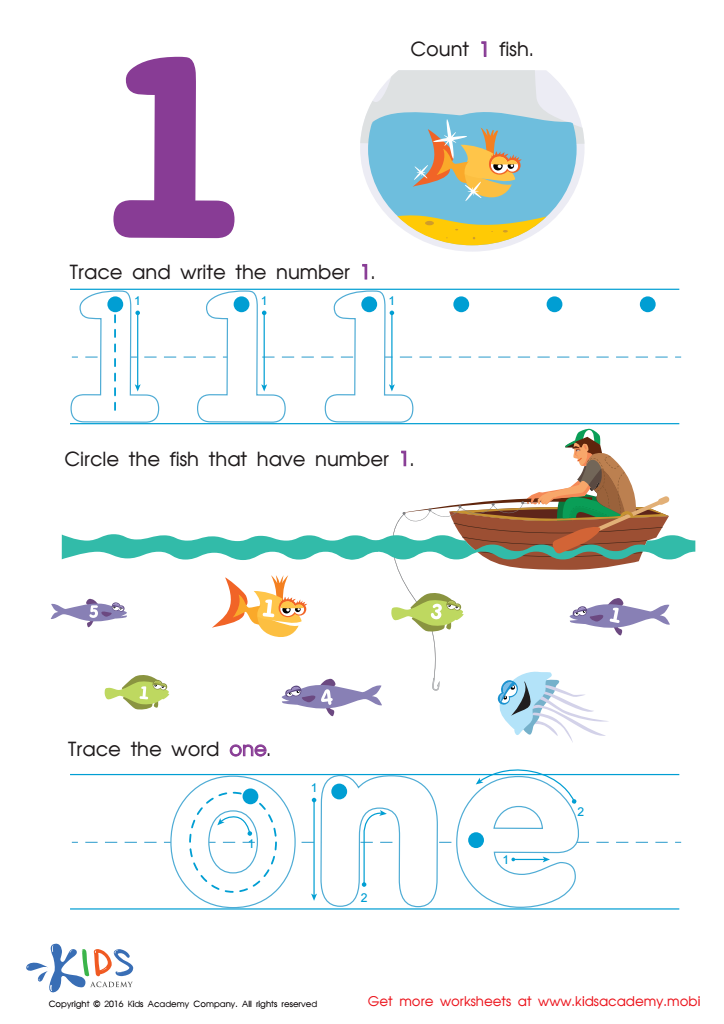

Learning to Write 1 Worksheet
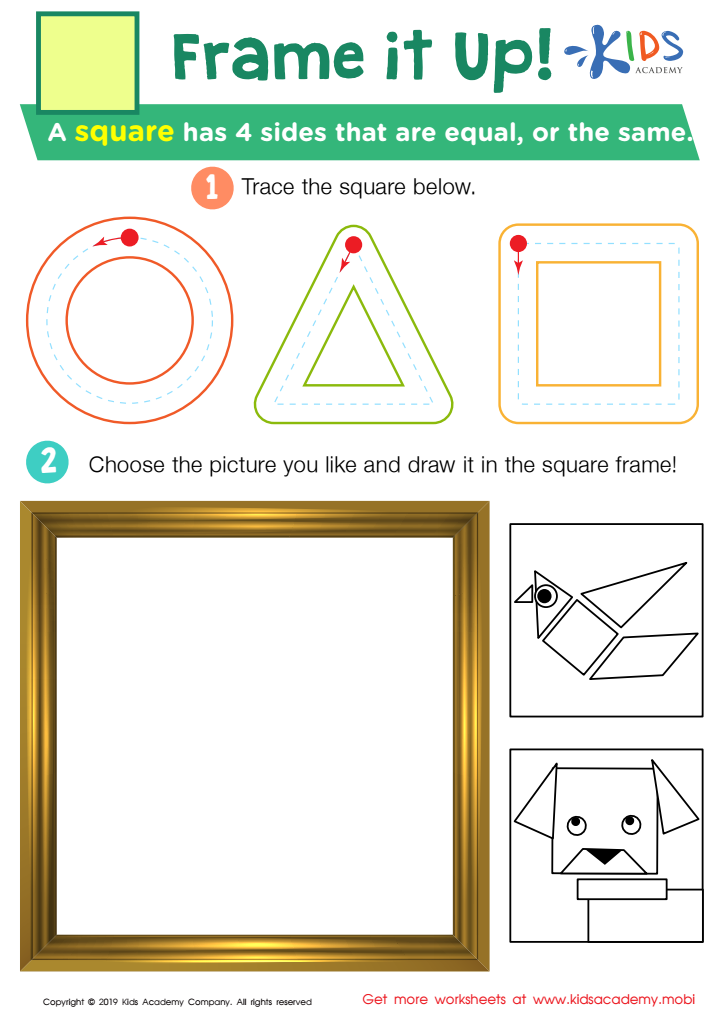

Frame it Up Worksheet
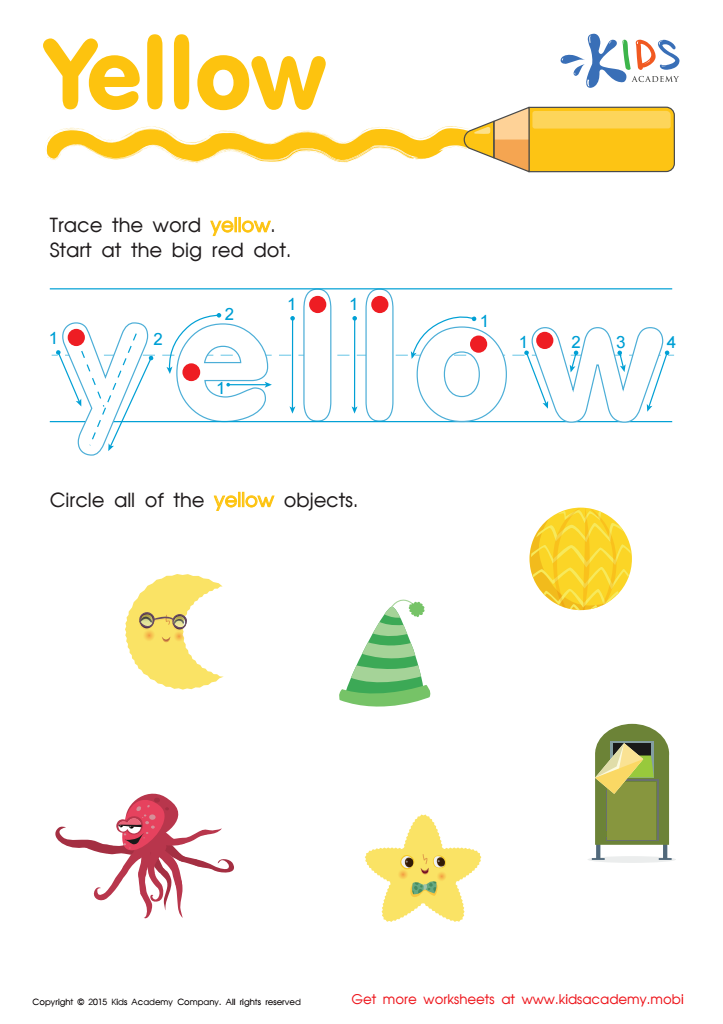

Yellow Tracing Color Words Worksheet
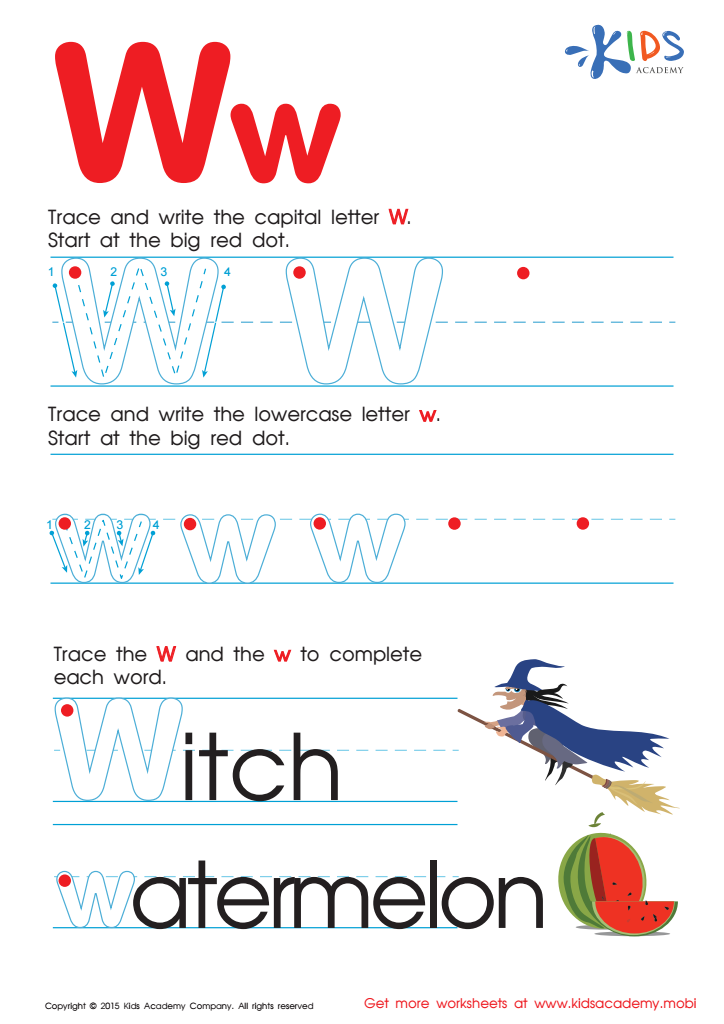

Letter W Tracing Page
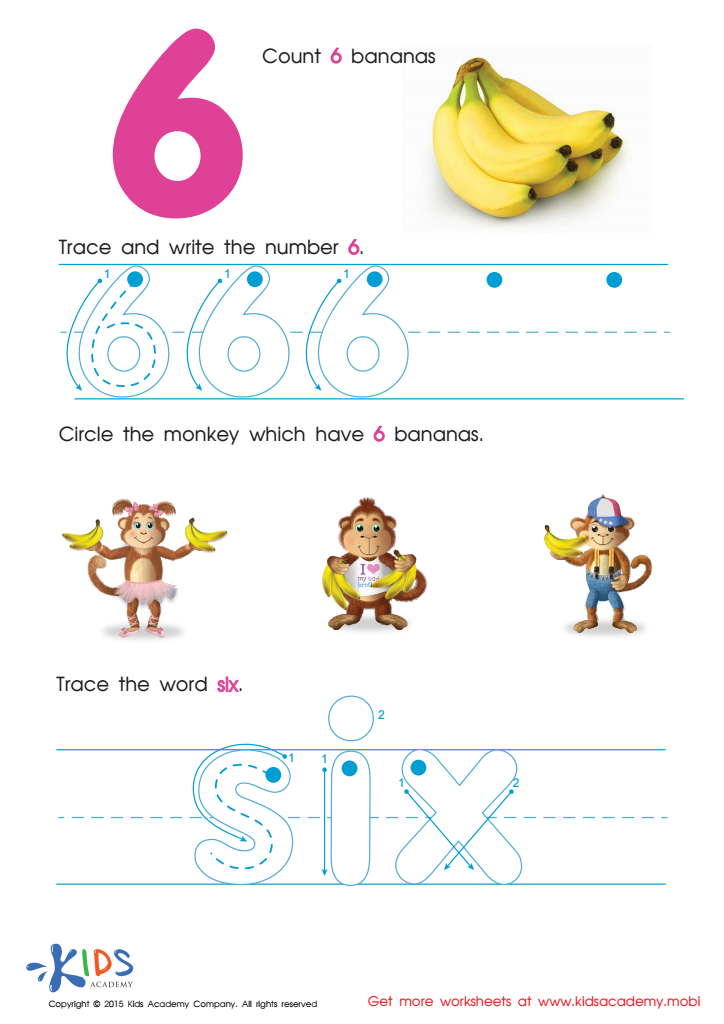

Tracing And Writing Number 6 Worksheet


Letter H Tracing Page
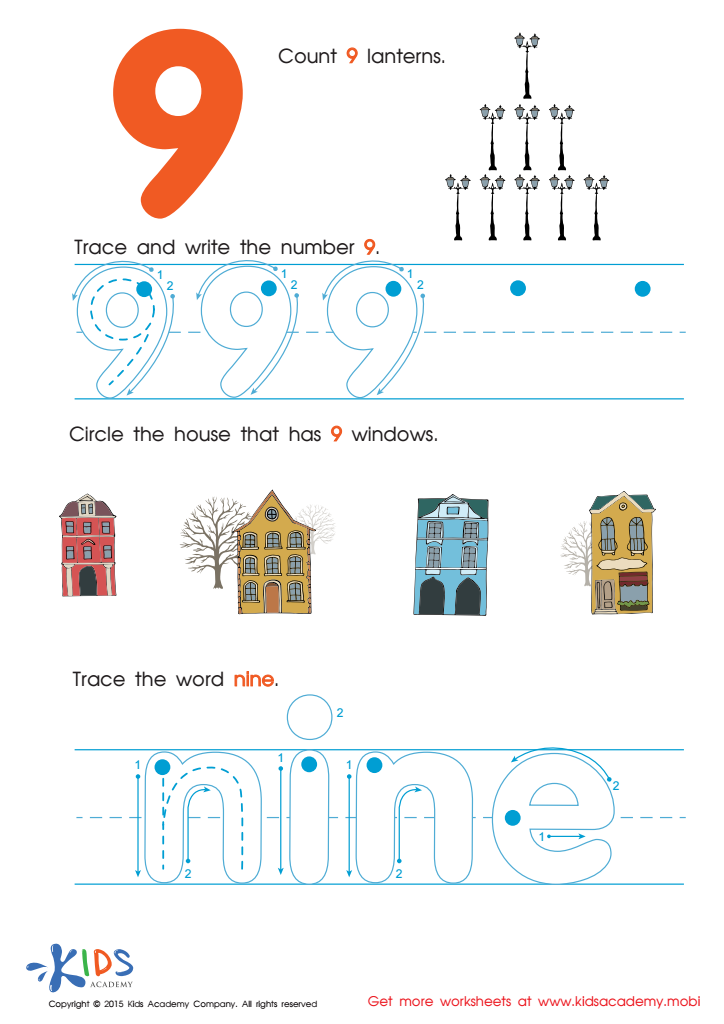

Tracing And Learning to Write Number 9 Worksheet
Tracing Worksheets Activities With Answers for Grade 3 are a fundamental tool in the education of young learners. These activities are carefully designed to support the development of fine motor skills, improving hand-eye coordination and preparing students for more complex writing tasks. For third graders, these tracing exercises are not just about following lines with a pencil; they are a bridge to mastering handwriting, enhancing artistic skills, and understanding geometrical shapes and patterns.
Firstly, Tracing Worksheets Activities With Answers for Grade 3 serve as an essential stepping stone in the development of writing proficiency. By tracing letters, words, and sentences, students reinforce their understanding of the alphabet and word formation, laying a solid foundation for literacy skills. The inclusion of answers helps educators and parents to guide children towards the correct form and structure, ensuring that learning is on the right track.
Moreover, these activities are instrumental in refining fine motor skills. The precise movements required in tracing help strengthen the muscles in the hands and fingers, promoting dexterity and control. This is crucial not only for writing but for other tasks requiring fine motor abilities, such as tying shoelaces or using utensils.
Tracing Worksheets Activities also cultivate patience and attention to detail. Completing these exercises requires focus and persistence, traits that are invaluable in all areas of academic learning and problem-solving. The satisfaction of completing a tracing worksheet can boost a child's confidence and encourage a positive attitude toward learning challenges.
Furthermore, these tracing activities introduce Grade 3 students to geometric concepts and artistic expression. Tracing shapes, patterns, and even simple drawings helps children understand symmetry, proportion, and design, sparking an interest in mathematics and art.
In summary, Tracing Worksheets Activities With Answers for Grade 3 are more than just simple exercises; they are a comprehensive tool that supports the holistic development of young learners. By incorporating these activities into the curriculum, educators can provide students with a fun, engaging, and beneficial learning experience, laying the groundwork for success in writing and beyond.
 Assign to My Students
Assign to My Students





